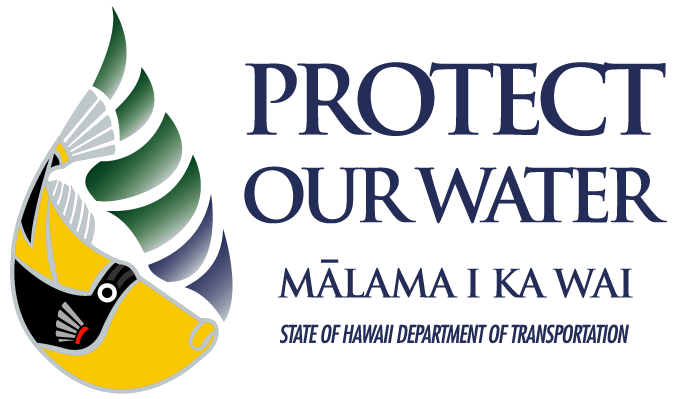Where does the water go when it rains?
Rain is a good thing, but too much water can be a problem! The storm drain system is designed to efficiently carry rain water off of our roadways to prevent flooding. Efficiently moving water means that any pollutants in the storm water runoff are efficiently carried through the system to a stream or to the ocean.
With a large storm drain system, small amounts of pollution can quickly add up. For example, the State of Hawaii Department of Transportation (HDOT) operates and maintains more than 250 miles of roadways on Oahu. Along these roadways, there are 8,050 storm drain inlets leading through over 170 miles of pipes and culverts and 37 miles of open channels to 1,360 outfall locations. There are also thousands more drains on City streets. Any one of those storm drains could carry harmful material directly into the ocean.
The Department of Health (DOH) issued the National Pollutant Discharge Elimination System (NPDES) Permit No. HI S000001 (MS4 NPDES Permit) to the State of Hawaii, Department of Transportation, Highways, Oahu District (DOT-HWYS). The MS4 NPDES Permit requires the DOT-HWYS Storm Water Management Program (SWMP) to reduce the discharge of pollutants from the MS4 to the maximum extent practicable (MEP), and is the backbone of HDOT efforts to continue reducing pollutants in storm water runoff.
The MS4 NPDES Permit became effective on September 1, 2020, and will expire at midnight, August 31, 2025. Download the MS4 NPDES Permit here.

